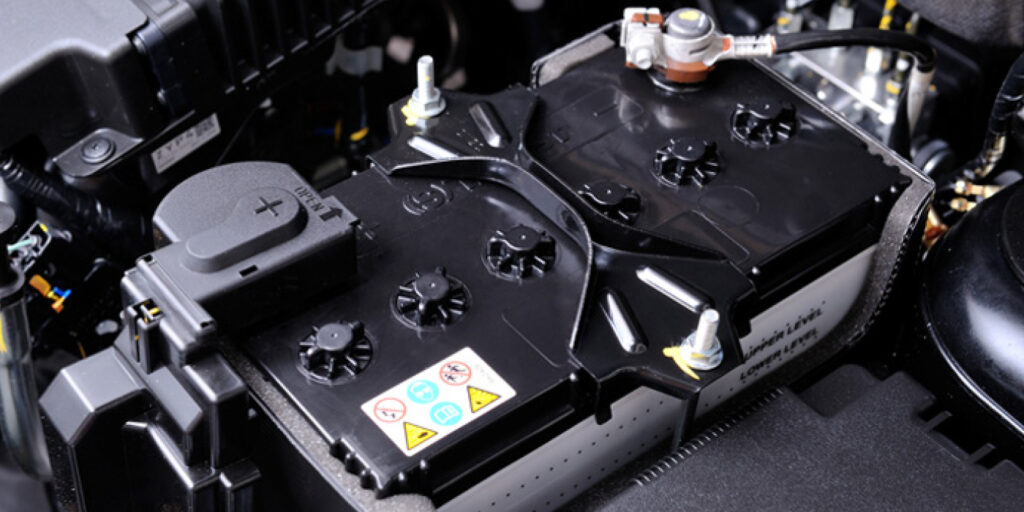Application:
All Electronic Computer-Controlled Vehicles.
Problem:
Driveability problems continue after ECM replacement.
Cause:
Eighty percent of driveability problems are engine related.
Solution:
Before condemning the replacement ECM, check for computer codes and correct any indicated problems, then perform this 10-Step Driveability Checklist.
Checklist:
1. Check vehicle and all ECM grounds using voltage drop test method (see ProTech PT 77-0008).
2. No-load battery voltage should be 12.46 to 12.66 volts.
3. Cranking voltage must be 9.5 volts or higher.
4. Charging voltage from 13.2 to 14.7 and charge current within 10 amps of related alternator output.
5. Check distributor primary and secondary voltage at idle and 2,500 RPM.
6. Check base and advance timing at idle and 2,500 RPM.
7. Vacuum level and volume at idle and 2,500 RPM.
8. Fuel pressure and volume at idle and under load.
9. O2 sensor switching at idle and 2,500 RPM.
10. Check manufacturer’s Technical Service Bulletins for revised ECM, updated PROM(GM), or related components.
Tech Tip courtesy of CARDONE Industries, Inc.













